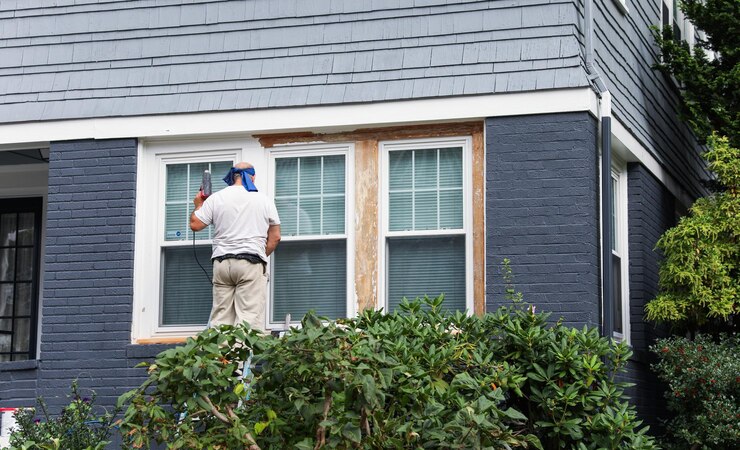
The exterior of a home plays a crucial role in its overall curb appeal. When people pass by your house, the first thing they notice is its outward appearance. A well-maintained and visually appealing exterior can leave a lasting impression. One of the key components in achieving this is the siding.
Siding not only protects your home from the elements but also enhances its aesthetic appeal. It acts as a protective layer, shielding your home from moisture, wind, and other environmental factors. However, over time, siding can fade, losing its original color and vibrancy. Understanding the causes of siding fading is essential to combat this issue effectively.
Understanding the causes of siding fading
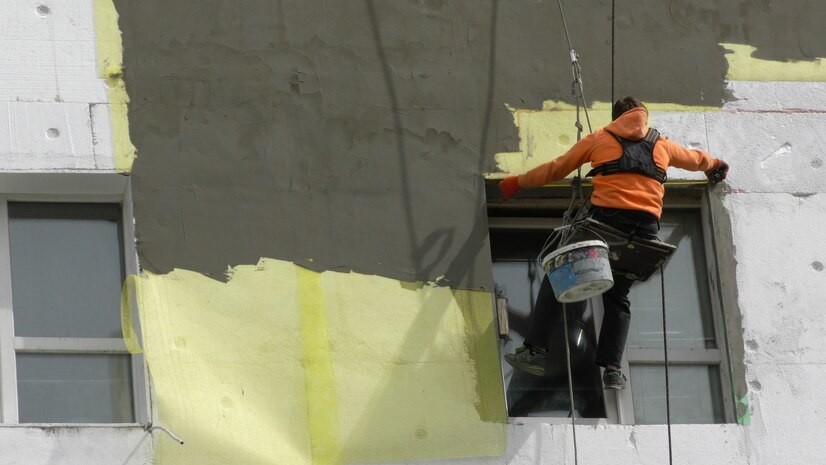
UV rays and their impact on siding color
One of the primary causes of siding fading is prolonged exposure to UV rays. The sun’s ultraviolet rays can break down the pigments in the siding material, causing it to fade over time. This is particularly true for darker-colored sidings, as they absorb more heat and are more susceptible to fading.
To combat UV-induced fading, homeowners can consider installing siding materials with built-in UV protection. These materials are designed to withstand the harsh effects of the sun and maintain their color for a longer period. Additionally, applying a UV-protective coating or paint to the siding can also provide an extra layer of defense against fading.
Weather conditions and how they affect siding color
Extreme weather conditions can also contribute to the fading of siding. Frequent exposure to rain, snow, and high humidity levels can cause the siding material to deteriorate and lose its color. Additionally, temperature fluctuations can cause the siding to expand and contract, leading to cracks and fading.
To combat weather-induced fading, homeowners should choose siding materials that are specifically designed to withstand their local climate. Certain materials, such as vinyl or fiber cement, are more resistant to moisture and temperature changes, making them ideal for areas with harsh weather conditions. Regular inspections and maintenance are also crucial to identify and address any issues before they worsen.
Chemical exposure and its effect on siding color
Chemical exposure is another factor that can contribute to the fading of siding. Chemicals found in cleaning products, pesticides, and even pollutants in the air can gradually strip away the color of the siding material. This is especially true for sidings made from organic materials, such as wood.
To prevent chemical-induced fading, homeowners should be cautious when using cleaning products near their siding. It is advisable to use mild, non-abrasive cleaners and avoid harsh chemicals that can cause damage. Regularly washing the siding with water and a soft brush can help remove any accumulated chemicals and maintain its color.
Proper maintenance and cleaning to prevent siding fading
To ensure the longevity and vibrant appearance of your siding, it’s crucial to adhere to a regimen of proper maintenance and regular cleaning. This approach serves to mitigate the risk of the siding losing its color over time, a common issue known as fading. By conducting periodic inspections of the siding, you can promptly identify any potential damage indicators, including cracks or chips. Addressing these issues swiftly can forestall the progression to fading, preserving the siding’s aesthetic appeal.
An integral part of siding upkeep involves cleaning it at least annually, or more often if the situation demands. This cleaning process is pivotal in eliminating accumulations of dirt, grime, and environmental pollutants, all of which can significantly contribute to the fading process. During cleaning, selecting the appropriate tools and methods is vital to avoid causing harm to the siding material. Abrasive brushes and strong chemical cleaners pose a risk of damage and should be avoided.
Instead, the recommended approach involves using a soft brush or sponge paired with a gentle cleaning solution. This combination is effective yet mild enough to prevent damage. When cleaning, it’s advisable to scrub the siding gently in a circular motion, starting from the top and working your way down to ensure comprehensive coverage. This technique helps in dislodging dirt effectively without exerting excessive force that could harm the siding. Following the scrubbing, it’s important to rinse the siding thoroughly with water to remove any residual cleaning solution and dislodged dirt, ensuring the siding is left clean and intact. This meticulous approach to maintenance and cleaning is key to preventing fading and maintaining the siding’s appearance over time.
Choosing the right siding materials for long-lasting color
Selecting the appropriate siding materials is crucial for ensuring the color of your home remains vibrant and lasts for many years. The durability of the siding’s color depends significantly on the type of material chosen, as some are inherently more capable of resisting color fade over time. Let’s delve into the details of how different siding materials impact color longevity and other factors to consider during selection.
Vinyl Siding
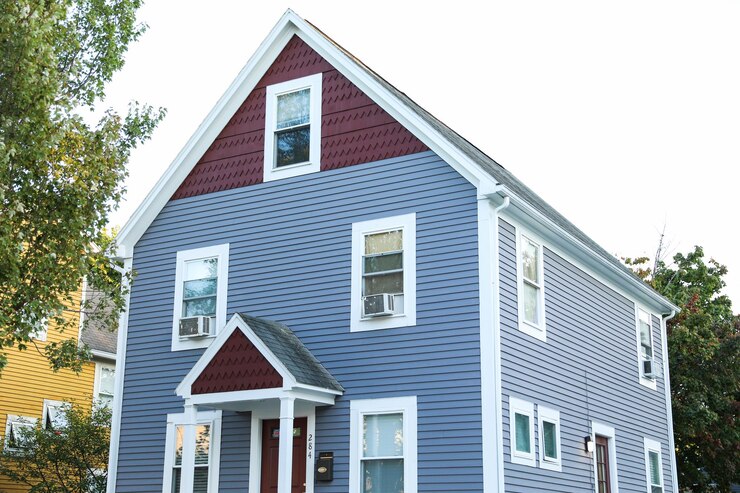
Vinyl siding is widely recognized for its exceptional durability and ability to retain color. This popularity stems from its design, which is specifically engineered to combat the harsh effects of weather and sunlight exposure, factors that typically cause fading. Vinyl’s color goes through the entire material, meaning scratches or minor damages don’t reveal a different color underneath, making it remarkably resilient in maintaining its original appearance. Additionally, modern vinyl siding comes in an extensive palette of colors, providing homeowners with a broad range of aesthetic options that remain vibrant for years without the need for repainting.
Fiber Cement Siding
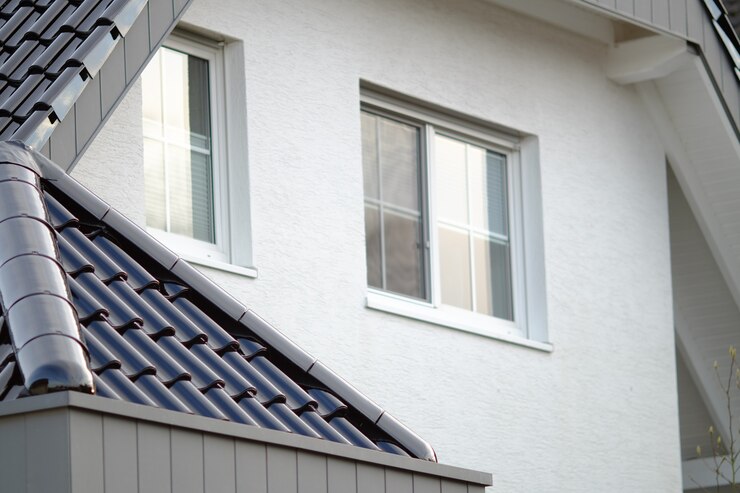
Fiber cement siding is another robust option that boasts superior resistance to fading. Composed of cement, sand, and cellulose fibers, this material is designed to endure severe weather conditions, including intense sunlight, without its color dulling over time. Its makeup contributes to not just its color retention capabilities but also its resistance to fire, pests, and rot, making it an all-around durable choice. Fiber cement siding is available in a vast array of colors and styles, allowing for customization according to individual tastes and architectural requirements. Though it may require painting eventually, its initial color endurance is noteworthy.
Factors to Consider
When choosing siding materials, it’s important to weigh several factors beyond just color longevity. These include:
- Durability: How well the material stands up to everyday wear and tear, along with its lifespan.
- Weather Resistance: The material’s ability to withstand local climate conditions, such as extreme temperatures, humidity, and precipitation.
- Maintenance Requirements: Some materials may retain their color longer but could require more maintenance or periodic repainting to keep them looking their best.
- Aesthetic Preferences: The choice of material should align with the desired look and feel of your home’s exterior.
- Professional Guidance: Consulting with a professional siding contractor is highly recommended. They can provide valuable insights into the best materials suited for your specific needs and preferences, considering local climate conditions and the architectural style of your home.
In conclusion, the choice of siding materials is a key determinant in the longevity of your home’s exterior color. By understanding the characteristics of various materials and considering the above factors, homeowners can make an informed decision that ensures their home remains beautiful and vibrant for years to come.
Protecting siding from fading: Tips and tricks
In addition to choosing the right siding materials, there are several tips and tricks that homeowners can follow to protect their siding from fading:
- Install awnings or shades: Installing awnings or shades over windows and doors can help reduce direct sunlight exposure to the siding, minimizing fading.
- Trim nearby trees: If you have trees near your home, regularly trim the branches to prevent them from rubbing against the siding. This will minimize the risk of scratches and damage that can lead to fading.
- Apply a protective sealant: Consider applying a protective sealant or coating to the siding to provide an extra layer of defense against fading and damage from UV rays.
- Avoid power washing: While it may be tempting to use a power washer to clean the siding, it can cause more harm than good. The high-pressure water can damage the siding and strip away its protective coating, leading to faster fading.
Seeking professional help for siding restoration and maintenance
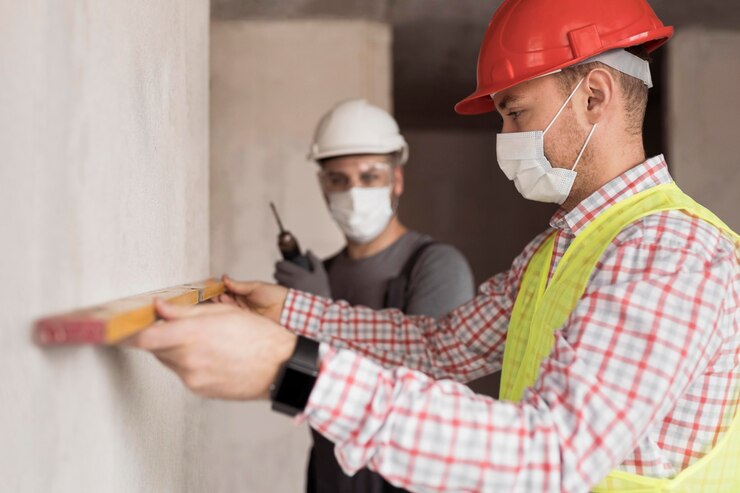
If your siding has already faded significantly or is showing signs of damage, it may be time to seek professional help for restoration and maintenance. A professional siding contractor can assess the condition of your siding and recommend the best course of action.
They can perform tasks such as power washing, repairing damaged areas, and applying protective coatings to restore the color and vibrancy of your siding. Additionally, they can provide valuable advice on proper maintenance techniques to prevent future fading and keep your siding looking its best.
Conclusion: Maintaining your home's curb appeal with vibrant siding
Protecting your home’s curb appeal is essential for maintaining its value and making a positive impression on visitors. Siding fading can significantly detract from the overall aesthetic appeal of your home. By understanding the causes of fading and implementing preventive measures, you can ensure that your siding remains vibrant and visually appealing for years to come.
Remember to choose the right siding materials, regularly clean and maintain your siding, and seek professional help when needed. By taking these steps, you can protect your home’s curb appeal and enjoy a beautiful and well-maintained exterior.
For all your siding needs, including installation, restoration, and maintenance, contact Rhino Oakland Window Replacement & Siding. We have the expertise and experience to help you achieve the vibrant siding your home deserves.
Contact Rhino Oakland Window Replacement & Siding for all your siding needs and maintain your home’s curb appeal.

